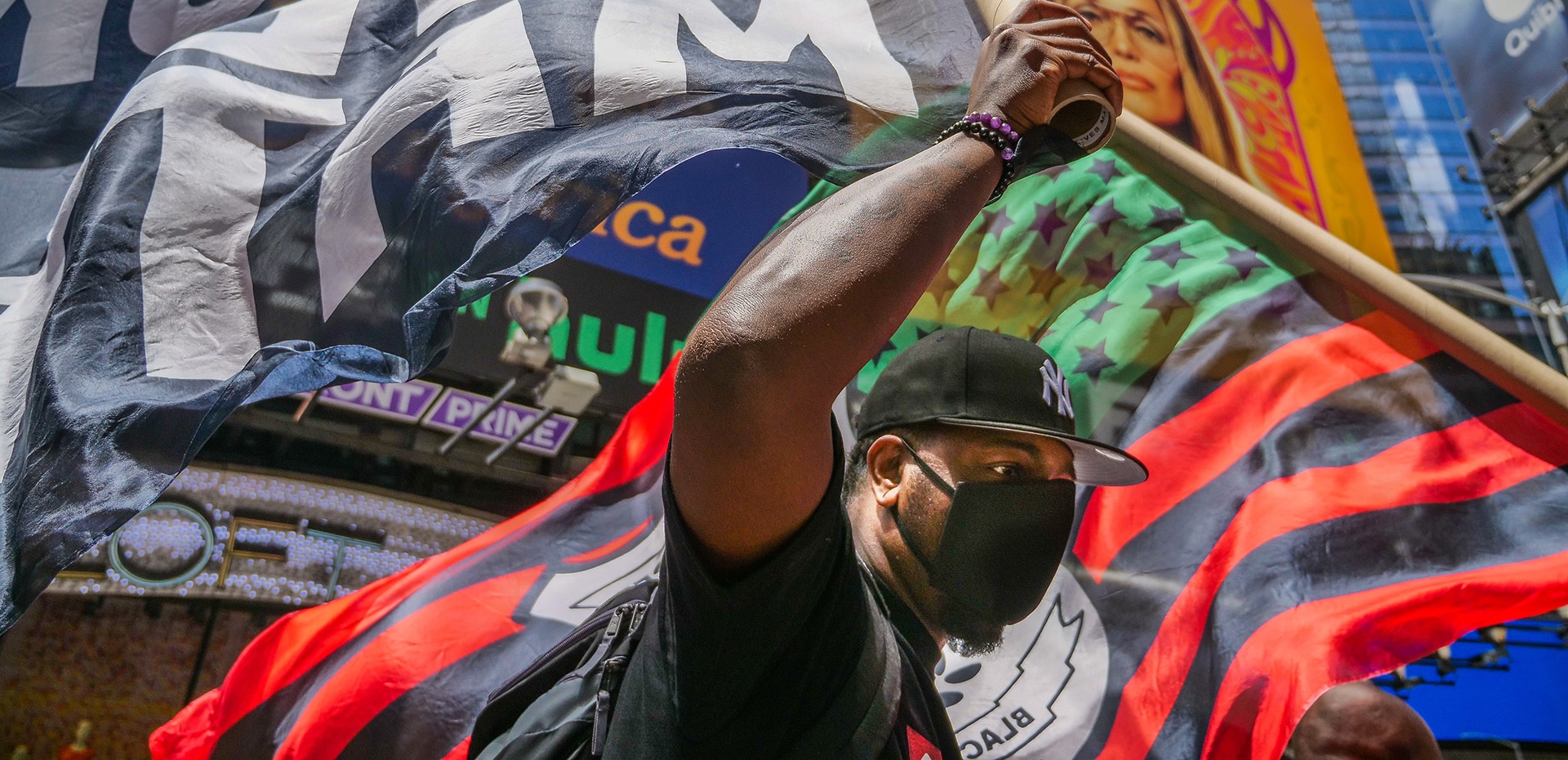The Museum of the City of New York presents “New York Responds,” an outdoor photography installation culled from more than 15,000 submissions made during the COVID-19 crisis and the Black Lives Movement protests.

You’re getting blind.
Don’t miss the best of visual arts. Subscribe for $9 per month or $108 $90 per year.
Already suscribed ?



